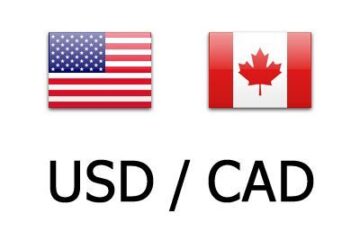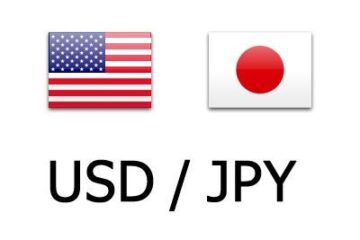Subscribe: Apple Podcasts | Spotify | iHeartRadio
Key takeaways
Eligible post-secondary institutions must send Form 1098-T to tuition-paying students by Jan. 31 and file a copy with the IRS by Feb. 28.Schools use Box 1 of the form to report the payments received.Box 5 shows the amount of scholarships and grants that were paid directly to the school for the student’s expenses, which may reduce the amount of a student’s qualified expenses.A check mark in Box 8 indicates that the student is enrolled at least half-time, while a check mark in Box 9 indicates that the student is enrolled in a graduate program.
What is the 1098-T form?
Tuition-paying students at eligible colleges or other post-secondary institutions should receive a copy of Internal Revenue Service Form 1098-T from their school each year. Eligible institutions include most colleges, universities, and vocational schools that are eligible to participate in the Department of Education’s student aid programs. This form provides information about educational expenses that may qualify the student—or the student’s parents or guardian, if the student is a dependent—for education-related tax credits.
Tax tips for NIL athletes (TV-PG; 4:08)
Who gets the 1098-T form?
Schools are required to send Form 1098-T to any student who paid “qualified educational expenses” in the preceding tax year. Qualified expenses include:
tuitionfees that are required for enrollmentcourse materials required for a student to be enrolled
If someone else pays such expenses on behalf of the student (like a parent), the student still gets “credit” for them and receives the 1098-T. Schools are required to send the form to the student by Jan. 31 and file a copy with the IRS by Feb. 28.
Reporting qualified expenses
Education expense reporting and the Form 1098-T have been updated over the years 2017, 2018, and 2019.
2017 updates
In 2017, schools could report a student’s qualified expenses one of two ways: based on how much the student actually paid during the year, or based on how much the school billed the student during the year.
If the school reports the amount paid, it puts that figure in Box 1 of the form. If it reports the amount billed, it does so in Box 2.A school generally has to use the same reporting method every year. If it changes its method—which requires IRS approval—it puts a check mark in Box 3. This box is here primarily for the IRS’s information, not the student’s.
2018 updates
In 2018, the form was changed to reflect only amounts actually paid for qualified tuition and related expenses.
Schools use Box 1 to report the payments received.Box 2 is no longer used.Box 3 still provided a check box to indicate a change in the method of reporting from the amount billed to the amount paid method.
2019 and beyond updates
After 2018 with only one method available for the current and prior years, the check box for changing methods is no longer needed, so Box 3 is no longer used.
TurboTax Tip: Form 1098-T provides information about educational expenses that may qualify the student—or the student’s parents or guardian, if the student is still a dependent—for education-related tax credits.
Adjustments and scholarships
Box 4 of the form shows any adjustments the school has made to qualified expenses reported on a previous year’s 1098-T. If it turns out a previous year’s expenses were lower than initially reported, the student may be responsible for additional tax for that year.
Box 5 shows the amount of scholarships and grants that were paid directly to the school for the student’s expenses. Scholarships and grants may reduce the amount of qualified expenses the student can use when calculating a credit.
Box 6 shows any adjustments the school has made to scholarships and grants reported on a previous year’s 1098-T. These adjustments may affect the student’s tax liability for the previous year, so the student may have to file an amended return.
Other information
Schools check Box 7 if the amount in Box 1 or 2 includes expenses for an academic term that begins in the first three months of the year following the year covered by the 1098-T.
A check mark in Box 8 indicates that the student is enrolled at least half-time.
A check mark in Box 9 indicates that the student is enrolled in a graduate program.
Tuition insurance reimbursements
Box 10 of the form comes into play only in cases in which students have had expenses reimbursed under a “tuition insurance” policy. Such policies reimburse students when they are forced to withdraw from school—for medical reasons or family emergencies, for example—after paying nonrefundable tuition.
When an insurer reimburses a student’s expenses, it provides that student with a copy of the 1098-T.Box 10 is used to show the amount reimbursed.The amount of expenses used to calculate credits generally are reduced by any reimbursement reported here.
With TurboTax Live Full Service, a local expert matched to your unique situation will do your taxes for you start to finish. Or, get unlimited help and advice from tax experts while you do your taxes with TurboTax Live Assisted.
And if you want to file your own taxes, you can still feel confident you’ll do them right with TurboTax as we guide you step by step. No matter which way you file, we guarantee 100% accuracy and your maximum refund.


